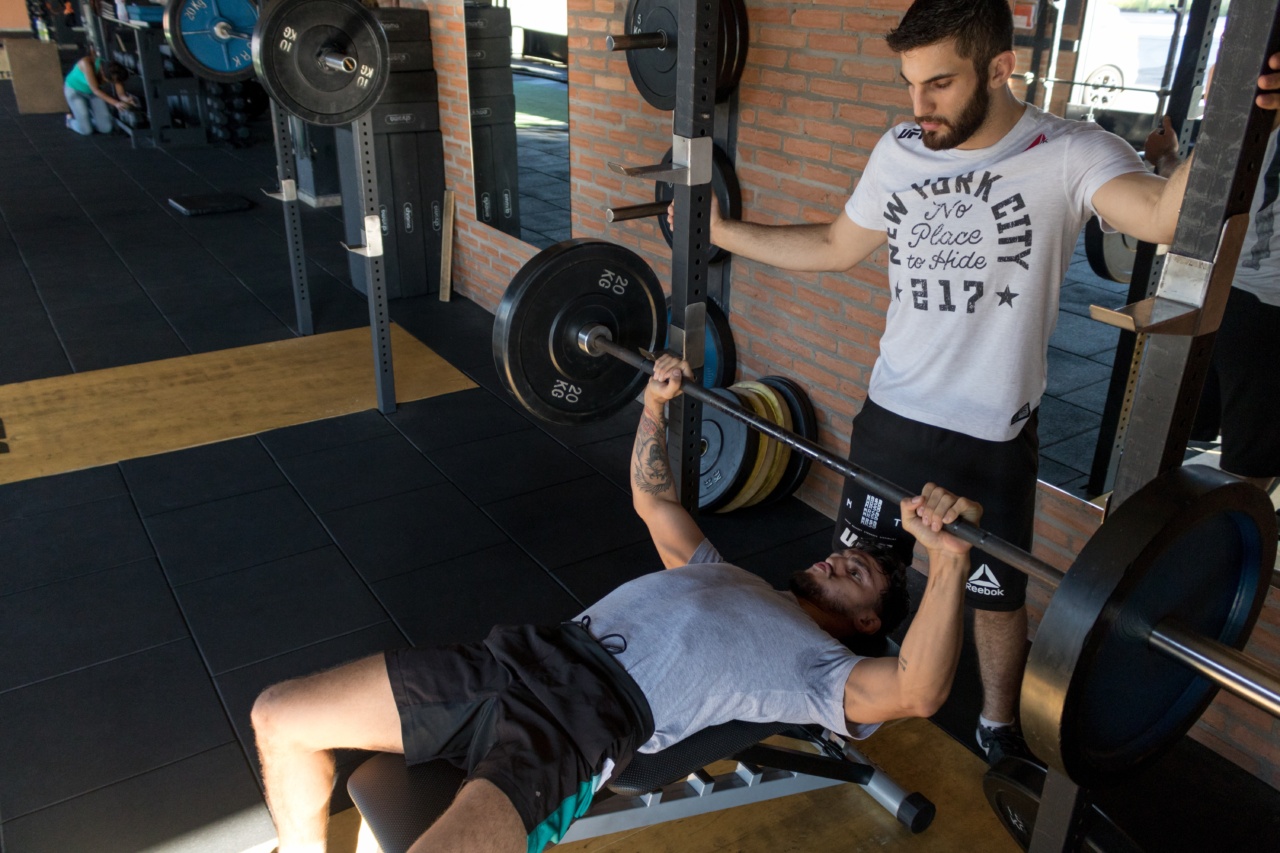Strength is a crucial component of overall physical fitness. Not only does it improve performance in athletics and daily activities, but it also aids in injury prevention and improves bone density.
To achieve a stronger physique, it is vital to have a consistent exercise routine and follow certain strategies. Here are five strategies that can help you get stronger:.
1. Resistance training
Resistance training involves working against an external resistance, such as weights or resistance bands.
This type of training is essential to build strength as it places stress on the muscles, leading to muscle hypertrophy and adaptive changes in the body.
There are several resistance training exercises that can be incorporated into your workout routine, such as:.
- Deadlifts
- Squats
- Bench presses
- Overhead presses
- Pull-ups
- Rows
It’s important to start with lighter weights and focus on proper form to prevent injury. Gradually increase the weights as you get stronger and more comfortable with the exercises.
2. Progressive overload
Progressive overload is the gradual increase in stress placed upon the body during exercise. It’s important to constantly challenge the body to adapt and become stronger.
This can be progressive increases in weight, repetitions, sets, or even decreasing rest periods between exercises.
An example of a progressive overload protocol could be to perform five sets of five repetitions with a certain weight. Once you can complete all five sets with proper form, increase the weight by 5-10% and repeat the process.
3. Proper nutrition
Proper nutrition plays a crucial role in muscle building and strength gain. Muscles need adequate protein, carbohydrates, and fats to repair and grow.
Aim for a well-balanced diet with quality sources of protein, such as meat, fish, eggs, or plant-based options like tofu, lentils, or beans.
Carbohydrates are also important for fueling workouts and replenishing glycogen stores in muscles. Complex carbohydrates like sweet potatoes, brown rice, and quinoa are excellent choices.
Healthy fats like avocados, nuts, and olive oil also play a role in muscle building and overall health.
4. Adequate rest and recovery
Rest and recovery are just as important as training itself. Muscles need time to repair and grow, and overtraining can lead to injury and burnout. Aim for 7-9 hours of quality sleep per night to provide the body with adequate time to rest and recover.
Other recovery strategies include foam rolling, stretching, and massage. Incorporating active recovery days, such as yoga or gentle stretching, into your routine can also aid in recovery and improve overall flexibility and mobility.
5. Consistency and determination
Finally, consistency and determination are key to achieving strength gains. It’s important to be consistent with your exercise routine and follow the above strategies on a regular basis.
Strength gains take time and effort, but with determination and consistency, you can achieve your goals.
Set realistic goals and track your progress to stay motivated and focused. Celebrate milestones along the way, such as increasing weights or completing more repetitions, to maintain enthusiasm and momentum.
Conclusion
All in all, getting stronger requires a combination of resistance training, progressive overload, proper nutrition, adequate rest and recovery, and consistency.
By implementing these five strategies into your routine, you can achieve your strength goals and improve overall physical fitness.


























